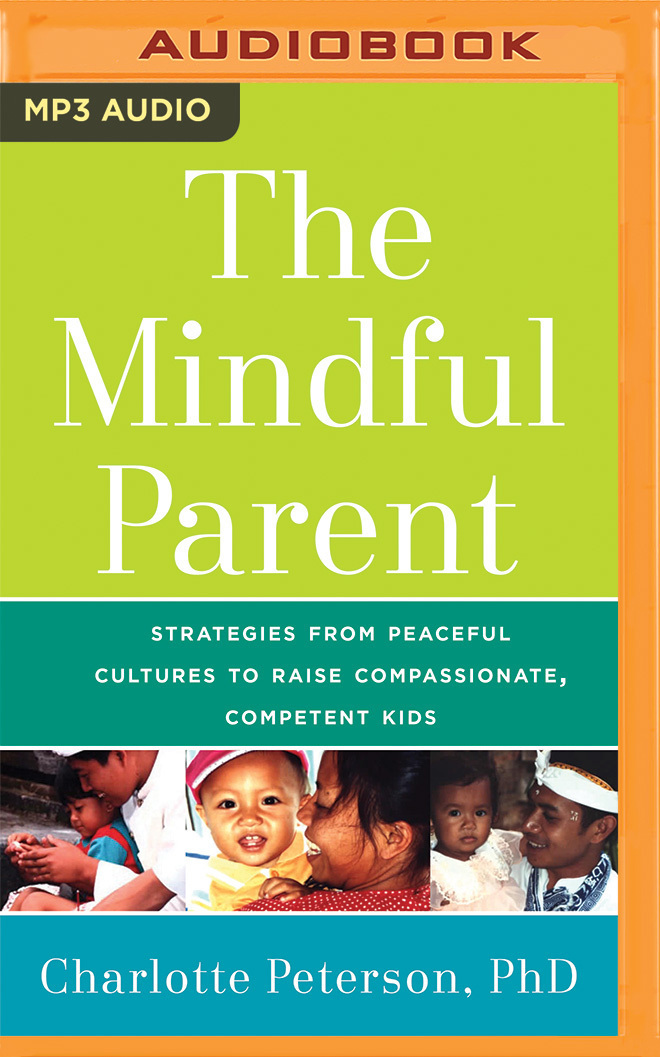Understanding the Principles of Gentle Parenting: A Guide for Parents
Introduction
What is gentle parenting?
Gentle parenting is an approach to raising children that focuses on empathy, respect, and understanding. It is based on the belief that children should be treated with kindness and compassion, rather than punishment and control. Gentle parenting encourages parents to build a strong and nurturing relationship with their children, while also setting clear boundaries and expectations. By practicing active listening, positive discipline, and open communication, gentle parenting aims to foster a secure and loving environment where children can thrive and develop into confident and compassionate individuals.
Benefits of gentle parenting
Gentle parenting offers a multitude of benefits for both children and parents. Firstly, it promotes a strong and secure parent-child bond, based on trust, empathy, and understanding. By using gentle and non-punitive techniques, parents can effectively communicate with their children, fostering a sense of emotional connection and mutual respect. Additionally, gentle parenting encourages positive behavior and self-discipline, as it focuses on teaching and guiding rather than punishing. This approach helps children develop essential life skills, such as problem-solving, empathy, and self-regulation. Moreover, gentle parenting creates a nurturing and supportive environment, where children feel safe to express their emotions and develop a healthy self-esteem. Overall, embracing gentle parenting principles can lead to happier, healthier, and more harmonious relationships within the family.
Why is gentle parenting important?
Gentle parenting is important because it focuses on building a strong and positive relationship between parents and children. By using gentle and respectful communication, parents can create a nurturing and supportive environment where children feel safe to express their emotions and needs. This approach promotes empathy, understanding, and cooperation, laying the foundation for healthy emotional development and positive behavior. Gentle parenting also emphasizes the importance of setting limits and boundaries with love and understanding, rather than resorting to harsh discipline methods. By prioritizing connection and mutual respect, gentle parenting fosters a deep sense of trust and security in children, which is essential for their overall well-being and long-term success.
Understanding Child Development

Stages of child development
Child development can be divided into several stages, each with its own unique characteristics and milestones. These stages include infancy, toddlerhood, early childhood, middle childhood, and adolescence. During infancy, babies develop their motor skills, language abilities, and social interactions. Toddlerhood is marked by rapid growth and exploration, as children start walking, talking, and asserting their independence. In early childhood, children continue to refine their motor skills and language, while also developing their cognitive abilities and social relationships. Middle childhood is a time of further cognitive and social growth, as children become more independent and start formal education. Finally, adolescence is a period of significant physical, emotional, and social changes, as teenagers navigate the challenges of identity formation and peer relationships. Understanding these stages of child development is crucial for parents to provide appropriate support and guidance to their children at each stage.
The role of attachment in child development
The role of attachment in child development is crucial for fostering healthy emotional and social development. Attachment refers to the deep emotional bond that forms between a child and their primary caregiver, typically the parent. This bond is established through consistent and responsive care, where the caregiver meets the child’s needs and provides a sense of security and trust. Research has shown that secure attachment promotes positive outcomes in various areas of a child’s life, including their cognitive abilities, emotional regulation, and social skills. When children feel securely attached, they are more likely to explore their environment, form healthy relationships, and develop a positive sense of self. Understanding the importance of attachment can guide parents in implementing gentle parenting practices that prioritize building and maintaining a strong bond with their child.
How gentle parenting supports healthy child development
Gentle parenting is a parenting approach that focuses on fostering a strong and healthy parent-child relationship based on trust, respect, and empathy. This approach supports healthy child development by prioritizing the emotional well-being of the child. Gentle parenting encourages parents to listen to their child’s needs, validate their feelings, and provide a nurturing and supportive environment. By practicing gentle parenting, parents can help their children develop a positive self-image, build strong social skills, and regulate their emotions effectively. This approach also promotes independence and encourages children to make choices and solve problems on their own, which fosters their cognitive and emotional development. Overall, gentle parenting provides a foundation for healthy child development by nurturing a loving and secure bond between parent and child.
Key Principles of Gentle Parenting

Respect for the child
Respect for the child is a fundamental principle of gentle parenting. It is based on the belief that children deserve to be treated with dignity and understanding, just like any other human being. This means valuing their thoughts, feelings, and opinions, and considering their needs and preferences. Gentle parenting encourages parents to listen to their children, validate their emotions, and involve them in decision-making processes. By practicing respect for the child, parents create a nurturing and supportive environment that fosters the child’s self-esteem and independence.
Positive discipline
Positive discipline is a fundamental aspect of gentle parenting. It is a parenting approach that focuses on teaching children appropriate behavior rather than using punishment or rewards. The goal of positive discipline is to guide children in understanding the consequences of their actions and developing self-discipline. This approach involves setting clear boundaries, providing consistent rules, and using effective communication techniques. By practicing positive discipline, parents can create a nurturing and respectful environment where children can learn, grow, and thrive.
Emotional responsiveness
Emotional responsiveness is a fundamental aspect of gentle parenting. It involves being attuned to our child’s emotions and providing them with the support and validation they need. By actively listening to our children and acknowledging their feelings, we create a safe and nurturing environment where they feel understood and valued. This emotional responsiveness helps to build a strong parent-child bond and fosters the development of healthy emotional intelligence in our children. It also teaches them how to regulate their own emotions and navigate through life’s challenges with confidence and resilience.
Building a Strong Parent-Child Relationship

Effective communication
Effective communication is a crucial aspect of gentle parenting. It involves actively listening to our children, validating their feelings, and expressing ourselves in a respectful and non-judgmental manner. By practicing effective communication, we create a safe and open environment where our children feel heard and understood. This allows for deeper connections and stronger bonds between parents and children, leading to healthier relationships and positive outcomes. When we communicate effectively with our children, we not only teach them valuable communication skills but also foster their emotional well-being and overall development.
Creating a safe and nurturing environment
Creating a safe and nurturing environment is essential for practicing gentle parenting. This involves establishing clear boundaries and rules that are communicated with love and respect. It also means providing a physically and emotionally safe space for children to explore, learn, and express themselves. By creating an environment that is free from fear and judgment, parents can foster a sense of trust and security, allowing their children to thrive and develop a strong sense of self-esteem. Additionally, a safe and nurturing environment encourages open communication and empathy, enabling parents to build strong and healthy relationships with their children based on understanding and mutual respect.
Building trust and connection
Building trust and connection is a fundamental aspect of gentle parenting. By focusing on building a strong bond with our children, we create an environment of trust, respect, and love. This involves actively listening to our children, validating their feelings, and responding to their needs with empathy and understanding. When we prioritize connection, we foster a sense of security and belonging in our children, which lays the foundation for healthy relationships and emotional well-being. Through open communication and positive reinforcement, we can establish a deep connection that allows our children to feel safe, heard, and valued.
Common Challenges and Solutions

Dealing with tantrums and meltdowns
Dealing with tantrums and meltdowns can be a challenging aspect of parenting. It is important for parents to approach these situations with patience, understanding, and empathy. Gentle parenting emphasizes the importance of validating a child’s emotions and providing a safe and supportive environment for them to express their feelings. Instead of resorting to punitive measures, gentle parents focus on teaching their children healthy coping mechanisms and problem-solving skills. By acknowledging and addressing the underlying causes of tantrums and meltdowns, parents can help their children develop emotional intelligence and self-regulation abilities, leading to more peaceful and harmonious relationships within the family.
Setting boundaries and limits
Setting boundaries and limits is an essential aspect of gentle parenting. While it may be tempting to let our children have complete freedom, it is important to establish clear guidelines to ensure their safety and well-being. By setting boundaries, we teach our children about respect, responsibility, and self-discipline. It also helps them develop a sense of security and predictability, which is crucial for their emotional and cognitive development. However, it is equally important to approach setting boundaries with empathy and understanding, taking into consideration our child’s age, temperament, and individual needs. Gentle parenting encourages open communication, mutual understanding, and cooperation when it comes to establishing and enforcing limits, fostering a healthy and nurturing parent-child relationship.
Handling conflicts and disagreements
Handling conflicts and disagreements is an essential aspect of gentle parenting. Instead of resorting to punishments or rewards, gentle parenting encourages parents to approach conflicts with empathy, understanding, and open communication. It emphasizes the importance of active listening and validating children’s feelings, allowing them to express themselves without fear of judgment or punishment. By modeling respectful and peaceful conflict resolution strategies, parents can teach their children valuable skills that will benefit them throughout their lives. Gentle parenting promotes a nurturing and supportive environment where conflicts are seen as opportunities for growth and learning, rather than obstacles to be avoided or suppressed.
Applying Gentle Parenting in Everyday Life

Bedtime routines and sleep
Bedtime routines and sleep are crucial aspects of gentle parenting. Establishing a consistent bedtime routine helps children feel secure and prepares them for a good night’s sleep. This routine may include activities such as reading a bedtime story, taking a warm bath, or practicing relaxation techniques. By creating a calm and soothing environment, parents can promote a sense of relaxation and ease before bedtime. Additionally, gentle parenting encourages parents to respond to their child’s sleep needs with empathy and understanding. This may involve co-sleeping, offering comfort during night awakenings, or implementing gentle sleep training methods. By prioritizing the emotional well-being and comfort of their child, parents can foster healthy sleep habits and a positive sleep environment. Ultimately, bedtime routines and sleep play a vital role in gentle parenting, supporting the overall well-being and development of the child.
Mealtime and nutrition
Mealtime and nutrition are essential aspects of gentle parenting. It is important for parents to create a positive and nurturing environment during mealtime, where children can develop a healthy relationship with food. Gentle parenting encourages parents to involve their children in meal planning and preparation, allowing them to make choices and express their preferences. This approach promotes autonomy and independence, while also teaching children about the importance of nutrition and making healthy food choices. By fostering a positive mealtime experience, gentle parenting helps children develop a healthy relationship with food that will benefit them throughout their lives.
Play and learning
Play and learning are essential components of gentle parenting. By incorporating play into our parenting approach, we create a nurturing and engaging environment for our children to explore, discover, and learn. Through play, children develop important skills such as problem-solving, creativity, and social interaction. It also allows them to express their emotions and build self-confidence. As gentle parents, we understand the value of play in promoting healthy development and fostering a strong parent-child bond. By actively participating in our children’s playtime, we can strengthen our connection with them and support their growth and learning journey.







